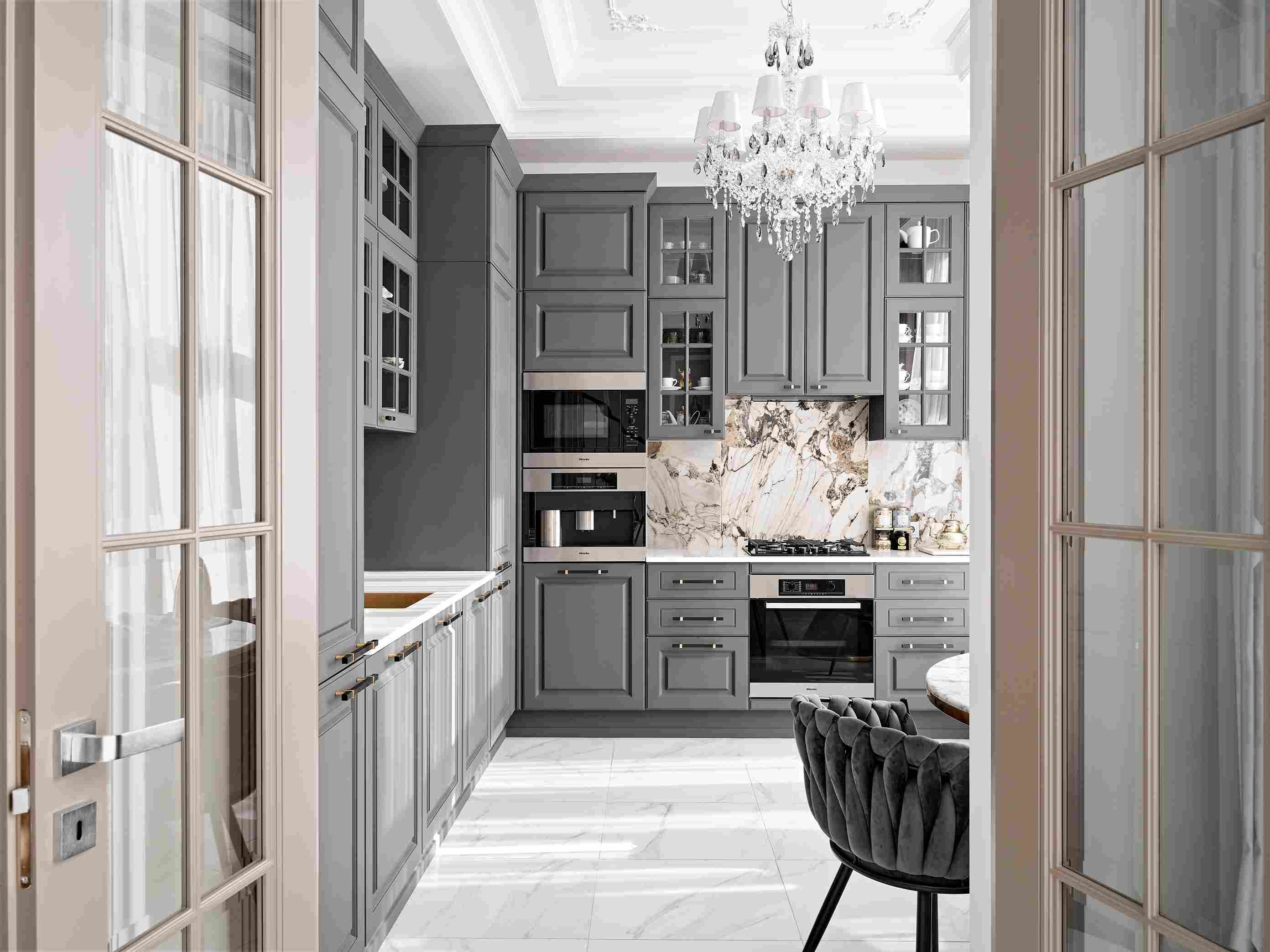
Culinary Spaces Redefined
The Evolution of Kitchen Design
In recent years, there has been a seismic shift in the way culinary spaces are perceived and utilized. Gone are the days when kitchens were secluded, purely utilitarian rooms designed solely for food preparation. Today’s culinary spaces are the heart of the home, where functionality meets conviviality—a place for creation, socialization, and innovation. This evolution in kitchen design reflects broader changes in lifestyle and technology, resulting in spaces that are flexible, technologically advanced, and aesthetically pleasing.
Blending Function with Style
Modern culinary spaces seamlessly blend function with style. Designers are redefining kitchens by incorporating high-quality materials, bold colors, and innovative layouts that reflect homeowners' personalities. Features such as large central islands have become staples, providing both a workspace for cooks and a gathering spot for guests. Furthermore, open-plan living has led to kitchens merging with living rooms and dining areas, creating a fluid space that encourages interaction and togetherness.
Space-Saving Solutions for Urban Living
As urban living spaces become smaller, efficiency in kitchen design is increasingly important. Designers are meeting this challenge by introducing space-saving solutions that maximize every inch of the culinary space. From multi-functional furniture to smart storage solutions, every component in a modern kitchen is considered for its dual purpose and ability to enhance the cooking experience while minimizing clutter.
Smart Kitchens: The Rise of Technology
Technology has also redefined culinary spaces, with smart kitchens leading the way. High-tech appliances with connectivity features allow for seamless control of the kitchen environment via smartphones or voice commands. Innovations like induction cooktops, precision cookers, and high-tech refrigerators are reshaping how we store, prepare, and cook food, making the process more efficient, safe, and enjoyable.
Sustainability and Conscious Cooking
Amidst growing environmental concerns, sustainable kitchen design has become pivotal. This means selecting eco-friendly materials, energy-efficient appliances, and designs that minimize waste and encourage recycling and composting. Conscious cooking practices are also influencing the layout and accessories within culinary spaces, prompting designers and homeowners to create kitchens that support a more sustainable lifestyle.
Community and Learning
Finally, culinary spaces are no longer just about preparing meals; they have become hubs for learning and community building. From cooking classes held at home to live-streamed culinary sessions, modern kitchens need to accommodate the tools and technology that support these experiences. This has led to a rise in specialized zones within the kitchen for filming, lighting, and connectivity—a testament to the space's evolving role as an educational stage as well as a place of nourishment.
Conclusion
The redefinition of culinary spaces is a reflection of our evolving culture. Kitchens are no longer hidden chambers but open and multi-functional spaces that cater to diverse needs and facilitate new experiences. From technology to sustainability, the modern culinary space accommodates a variety of functions, acting as a canvas for self-expression and a playground for culinary exploration. As we continue to reassess how culinary spaces fit into our lives, one thing remains clear—the kitchen remains the soul of the home, now more than ever.